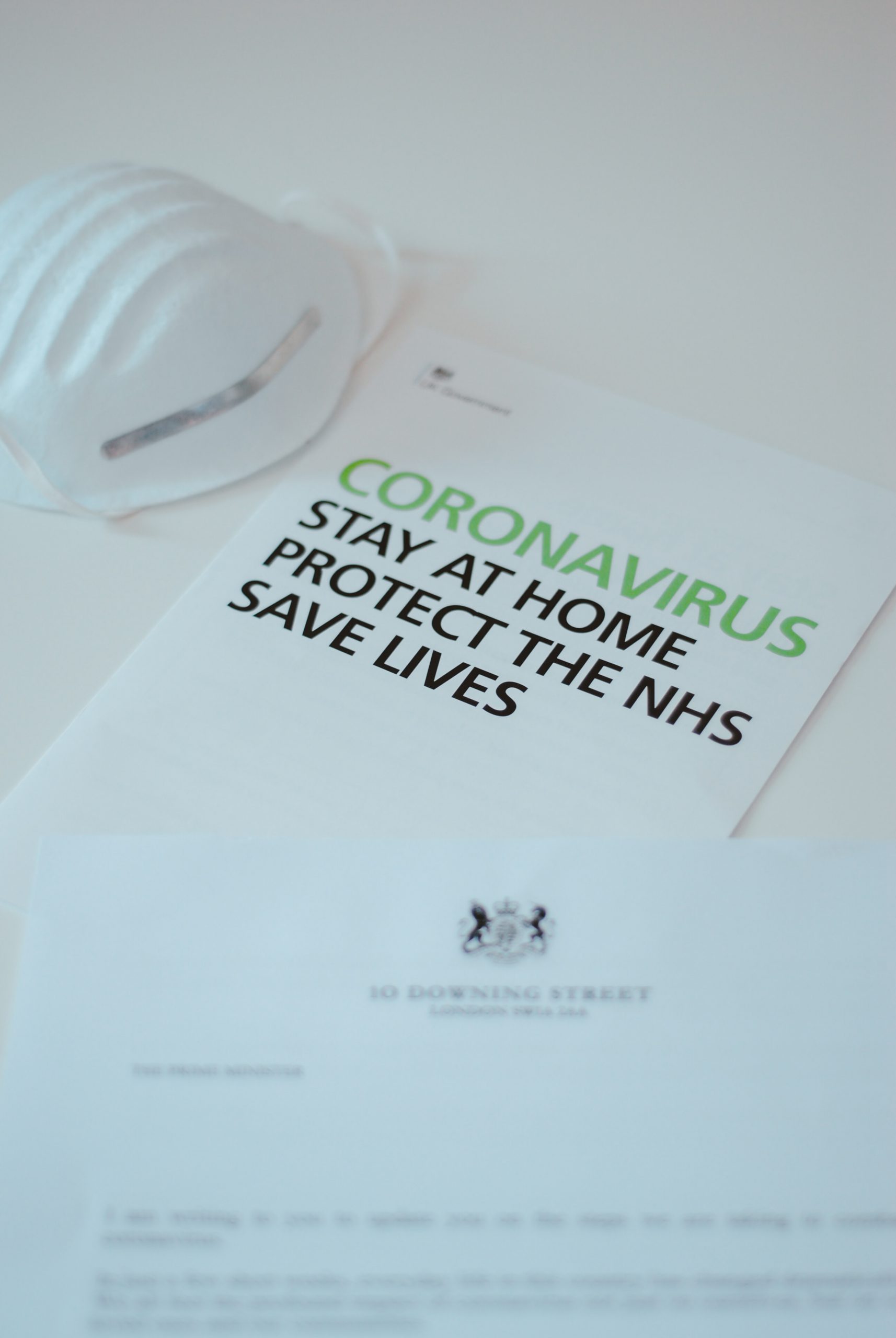In a bid to minimize the risk of transmission of the coronavirus disease (COVID-19) among communities, the states issued stay-at-home orders that instruct people to remain at their homes and maintain a reasonable distance from other people during the pandemic. Individuals are only allowed to go out for absolutely necessary purposes, such as buying food, medicine, and other necessities.
The key to encouraging communities to cooperate and follow the stay-at-home orders is by letting them understand the importance of these regulations and how these will benefit them. To learn more about these guidelines, read the list of facts about the orders below.
1. The stay-at-home order limits the number of people infected by the virus
The virus causes a disease that could potentially lead to serious health conditions or death. People are ordered to stay at home to restrict the number of people exposed to the virus at any one time. That helps slow down the spread of the virus, controls staffing, and manages resources better.
2. Individuals can only go out to do essential activities
People are allowed to leave their homes only to accomplish essential tasks, such as buying food, medicine, and supplies, as well as receiving medical care and going to work in a business that is considered essential, such as hospitals, groceries, restaurants, and other providers of necessities. Individuals are not allowed to hold gatherings with others if there is no essential or urgent need to do them.
Some amenities that remain operational during the pandemic include banks, the post office, gas stations, and shipping companies. On the other hand, gyms and public pools are closed during this time. People can still work out by jogging or walking as long as they are not around other individuals.
3. There is no definite time for how long the stay-at-home order has to be in effect
At present, experts and authorities are yet to determine a definite time for how long the stay-at-home order has to remain in effect. As the number of COVID-19 cases is monitored day-to-day, authorities are constantly observing the effects of the order and the outbreak response.
4. People should stock up on food and other basic needs
To limit the need to leave their home, individuals should stock up on food and other necessities that can last for up to several weeks. They should only get what they need and avoid hoarding products, most especially food, water, and toilet paper.
The list of suggested foods to get during COVID-19 includes the following:
- Bread
- Eggs
- Fish
- Frozen meals
- Fruits (Frozen, fresh, and canned)
- Meats
- Milk
- Pasta
- Vegetables
5. Observe social distancing even in states that have not yet issued stay-at-home orders
The virus is easily transmitted through close contact between person to person. Therefore, it is best to maintain a reasonable distance from other individuals and practice proper safety precautions even before a stay-at-home order is issued.
Conclusion
Battling against COVID-19 requires all states to issue stay-at-home orders and the full cooperation of all community members to follow these guidelines. Aside from observing social distancing, washing hands frequently, cleaning and disinfecting homes regularly, and other safety precautions, staying at home and avoiding physical contact with other people play a major role in slowing down the transmission of the virus.
Browse Dose of Healthcare to learn more about the latest news in the medical industry.



















